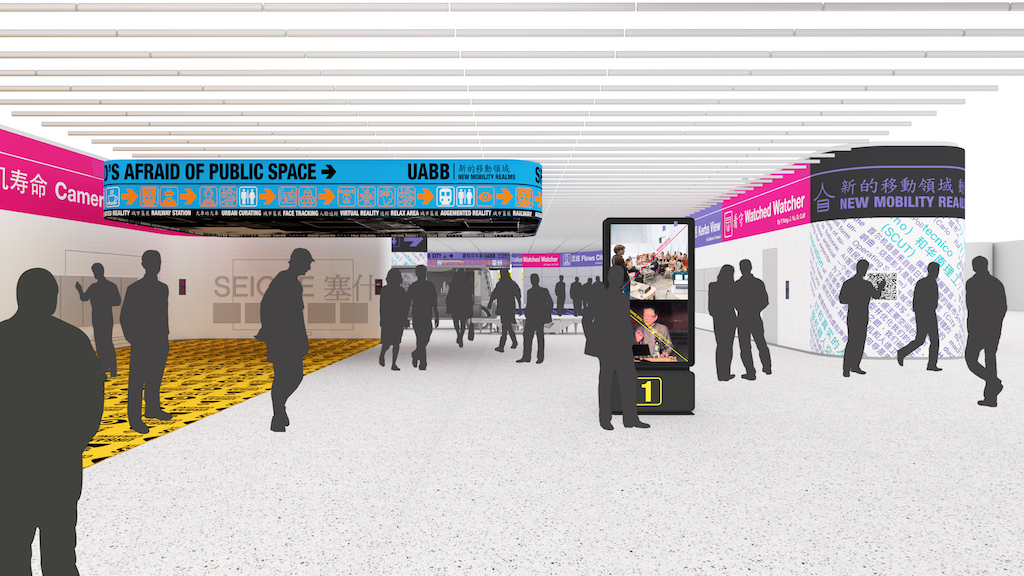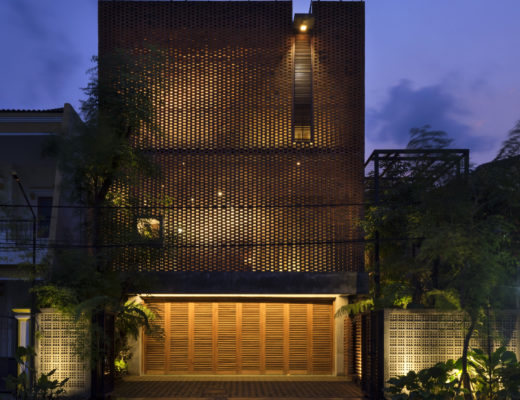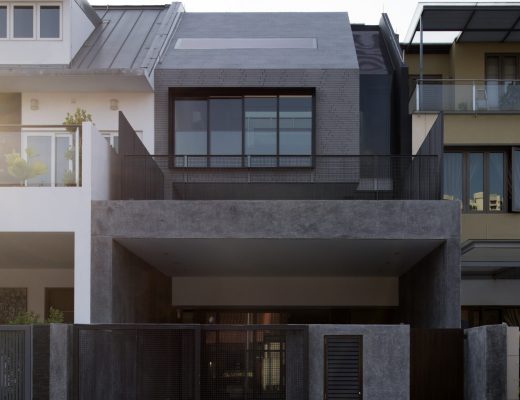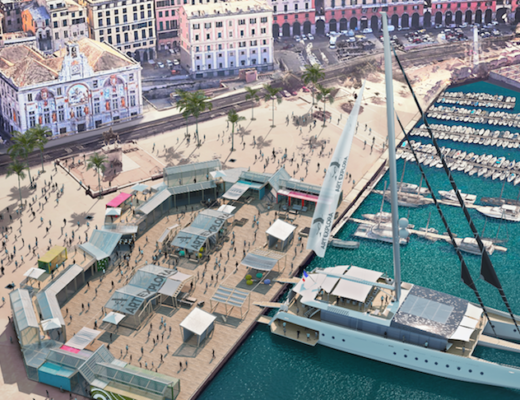Carlo Ratti wants people to shun their neutral stance when it comes to technology. This is the underscoring message of arguably the world’s most attended architecture exhibition, Biennale of Urbanism/Architecture of Hong Kong and Shenzhen (UABB) will be the first exhibition to use Facial Recognition and Artificial Intelligence on its own premises, in order to prompt a critical reflection on how digital technologies are impacting urban life.
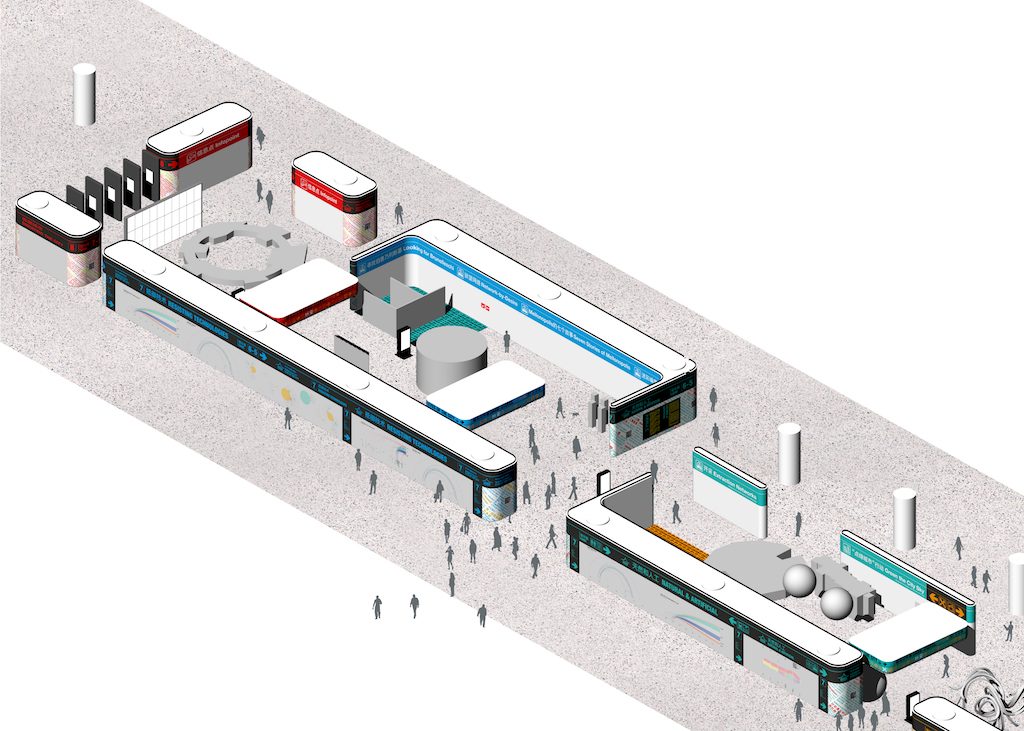
Set up in Hong Kong’s neighbouring city of Shenzhen, the exhibition is called “Eyes of the City” and aims to explore the new urban condition of cities that can “see”. Entirely fabricated locally and interspersed in one of the halls of a high-speed railway station, it features original work by more than 60 acclaimed international exhibitors. The “Eyes of the City” section is curated by MIT professor Carlo Ratti (Chief Curator), Politecnico di Torino and South China University of Technology (Academic Curators), who will unveil the final selection at the Biennale opening on December 21, 2019.
“At a time when urban technology and facial recognition are prompting polarization and conflict – from Hong Kong to San Francisco – our exhibition wants to provide a critical reflection.” – Carlo Ratti, director of the Senseable City Lab at the Massachusetts Institute of Technology
The “Eyes of the City” installations revolve around the following question: What happens when the sensor-imbued city acquires the ability to see – almost as if it had eyes? The exhibition premises will be in the newly inaugurated Futian high-speed railway station in Shenzhen, connecting Mainland China and Hong Kong in less than 15 minutes. Because of new technologies, stations themselves around the world, as well as other public spaces, are transitioning from spaces of anonymity to spaces of constant data gathering.
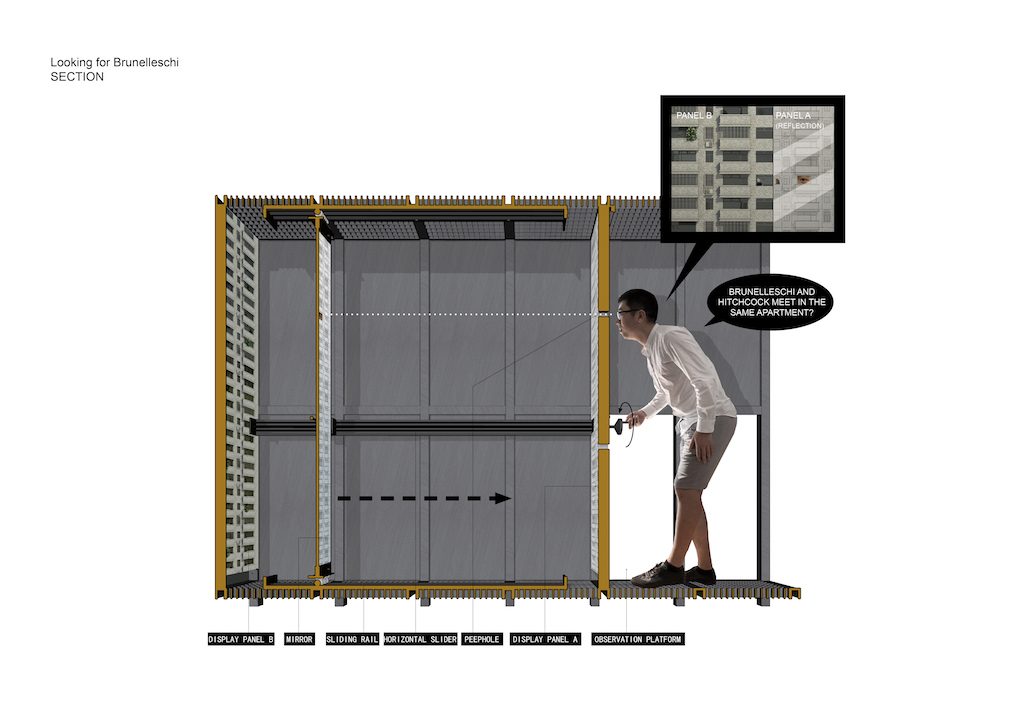
“As digital technology increasingly permeates our cities, railway stations are one of the public spaces that are likely to experience the strongest shift,” continues Ratti. “For a long time, stations have been places where one could experience urban anonymity at its highest form. Already today, they are becoming examples of a built environment that is able to recognize and respond to us in real time. In stations as well as in airports, we can already observe what an “Eyes of the City” scenario might look like and start a critical reflection about it.”
“We called upon all those practitioners who deal with cities – architects and urban planners but also economists and philosophers – to understand the impact of new technologies on our urban future.” – Professor Michele Bonino from Politecnico di Torino.
Visitors will be facially scanned upon accessing the exhibition through the two info points, designed by leading Dutch practice MVRDV, on opposite ends of the venue. However, unlike all systems deployed in cities all over the world, everything will be based on transparency: cameras will be highlighted throughout the space and visitors who not wish to be recognised will wear a special mark on their face to remain anonymous, signaling their stance to others. “It is vital that we have the ability to opt-out, not only online, but also in the space of the digitally-augmented city,” adds Ratti.

Among the installations that underscore the “Eyes of the City” approach is the work by leading Chinese architect Yung Ho Chang, in which a series of upside-down telescopes invite us to “Look Back” at technology, advocating for a bi-directional relationship between mankind and the digital city: beyond its “Resisting technologies” section, the exhibition path will be divided into a series of sub-clusters devoted to exploring different fields in which the “Eyes of the City” can impact tomorrow’s urban landscape.
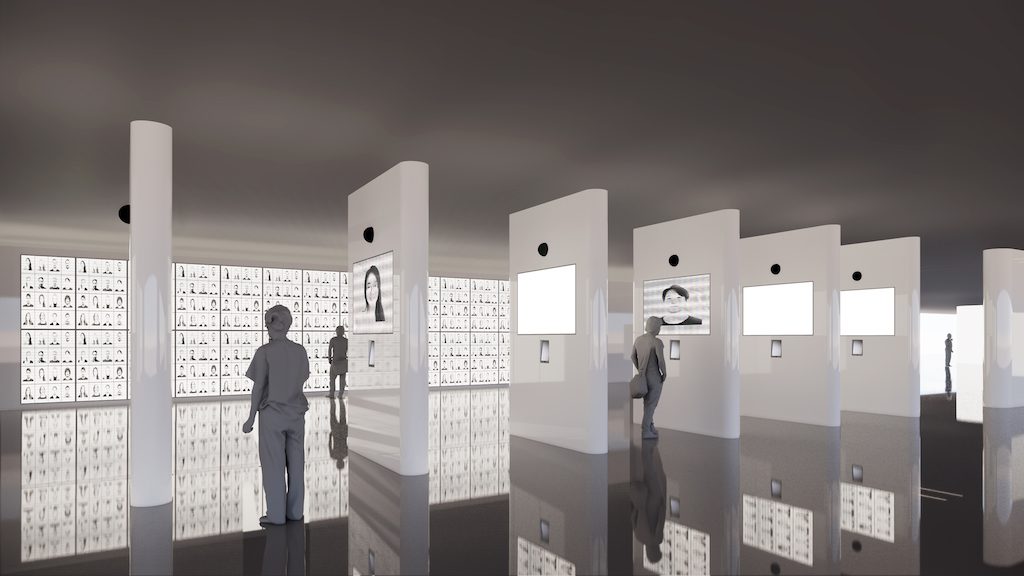
“The installations will deal with topics as diverse as Shenzhen’s transformation dynamics and collective memory, the transformations to urban infrastructure brought about by autonomous mobility, the increasing convergence between the natural and the artificial, and the ways in which AI might both support or disrupt design and construction processes,” adds Bonino. The list of practices and designers involved in the “Eyes of the City” exhibition includes names such as Baukuh, Cui Kai, Dominique Perrault Architecture (recently appointed creative director of Seoul Biennale 2021) Future Firm, Jeanne Gang, Thomas Heatherwick, Liu Jian, Antoine Picon, Terreform ONE, XKool, Long Ying, J. Meejin Yoon, Liam Young, Philip F. Yuan, Zhang Li.
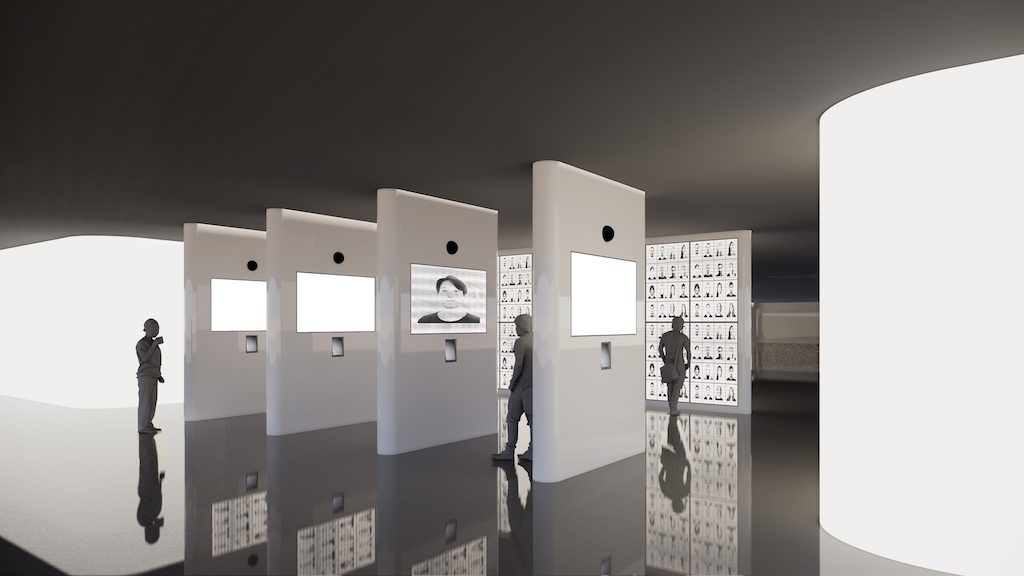
The “Eyes of the City” exhibition is the result of an “open-source curatorship” process. More than 280 applicants from across the world responded to an open call that was held earlier this year – from April, 1 to May, 30. Throughout the process, several leading international architects, designers, philosophers, scientists and writers were also involved as “foundational contributors”, to reflect on and respond to the underlying themes of the exhibition contained in the curatorial statement. The latter was inspired by the “eyes on the street” phrase coined by urban activist Jane Jacobs in the 1960s to convey how pivotal people are to urban spaces – from improving neighborhood safety to strengthening communities.

The “Eyes of the City” will be the world’s first architecture Biennale to be entirely produced on-site. As part of the “open-source curatorship” approach, exhibitors have produced a series of Blueprints with detailed instructions on how to develop each installation. The Blueprints were first shared digitally with the curatorial team and then made available to Shenzhen-based suppliers, who are currently finalizing the construction of all the installations. Later on, all projects will be made available online, so that anybody can download them and potentially reenact the Biennale. Inspired by the Fab Lab movements initiated by MIT professor Neil Gershenfeld, this choice acts as both a tribute to Shenzhen’s role as “factory of the world” and as a way to push the boundaries of open-source design, which relies on information shared digitally. This approach also made it possible to develop an entire Biennale virtually, without international shipping – reducing environmental impact.
The exhibition, which extends over a surface of more than 5,000m2, reacts to its transportation-hub location with a unique design, inspired by duty-free shopping areas. The creative spatial layout, devoid of clear gateways, was developed by CRA and Politecnico di Torino, while the visual language was conceived by the Dutch graphic designer Mieke Gerritzen.
“Eyes of the City” is one of the two main sections that form the 8th edition of UABB, dedicated to the overarching theme of “Urban Interactions”. The other main section, called “Ascending Cities”, is curated by the leading Chinese academician Meng Jianmin and the Italian art critic Fabio Cavallucci.
“American historian of technology Melvin Kranzberg once stated that ‘technology is neither good nor bad; nor is it neutral,’” says Ratti. “One of the main objectives of the “Eyes of the City” exhibition is to encourage visitors to take a stance, shunning the dangerous option of neutrality. Using critical design as a tool, it seeks to create experiences that will encourage people to form an opinion.”

